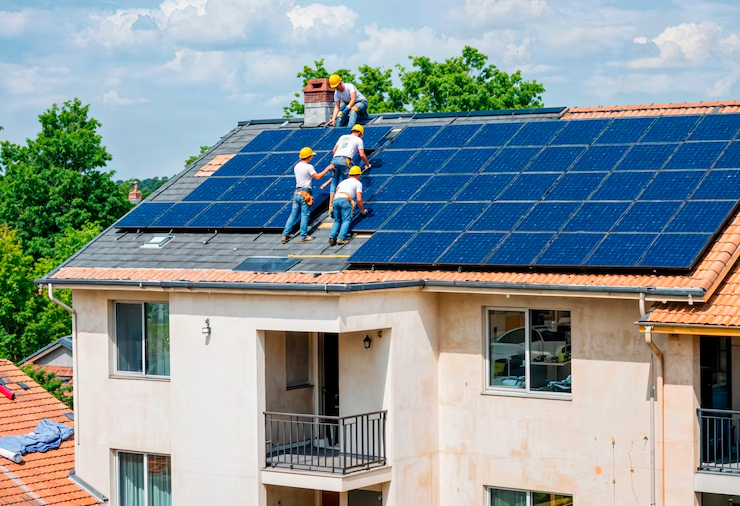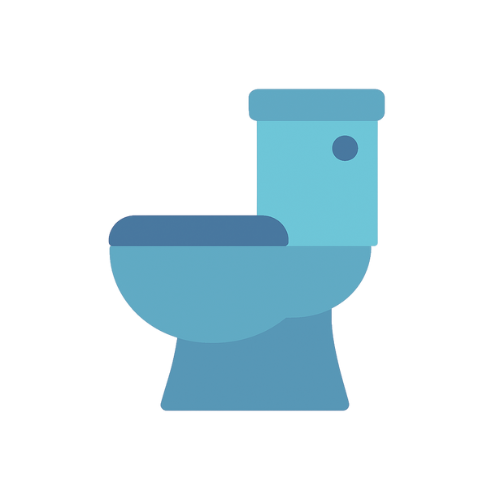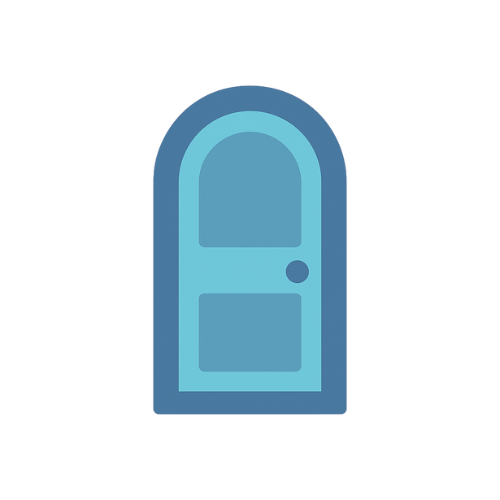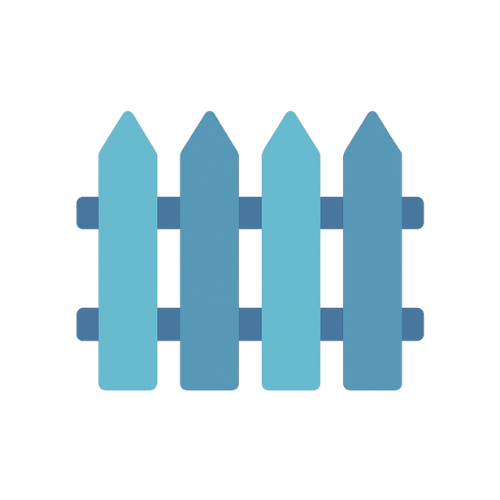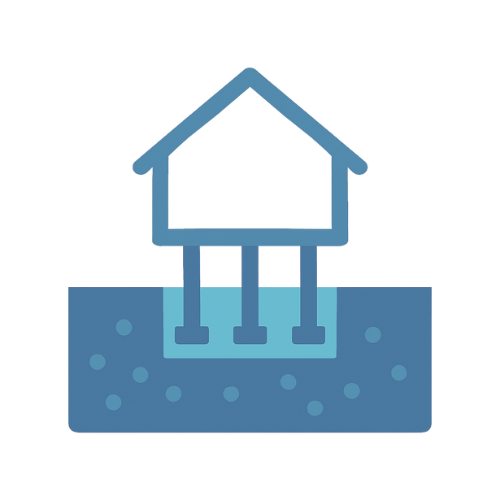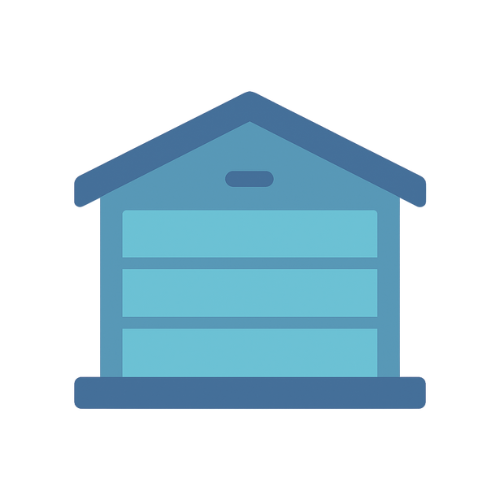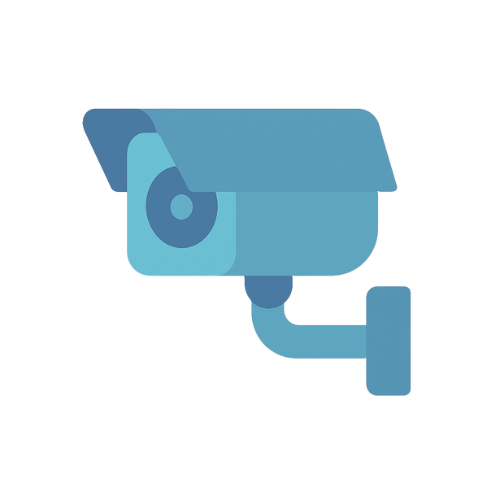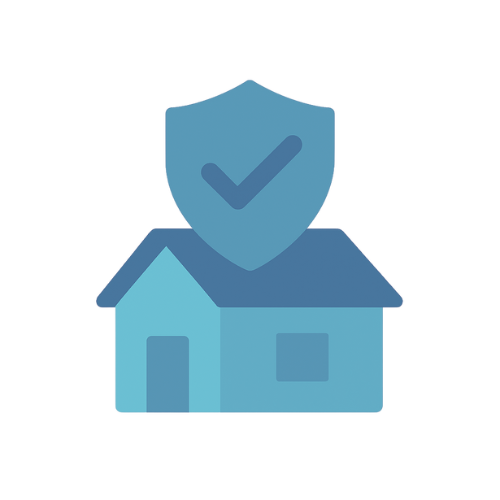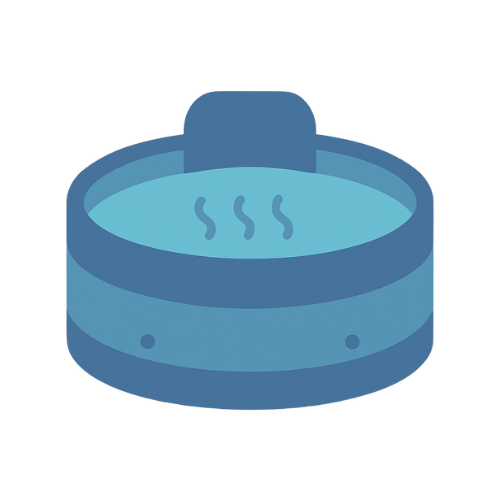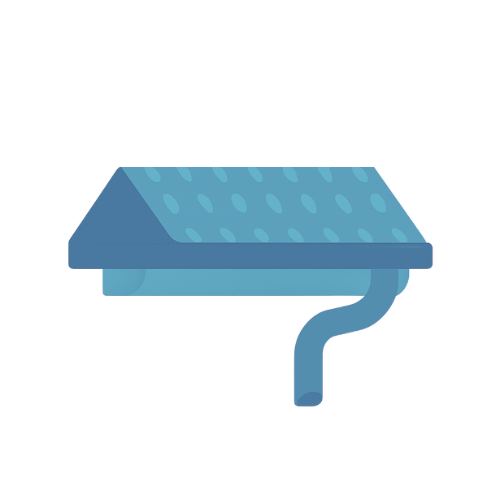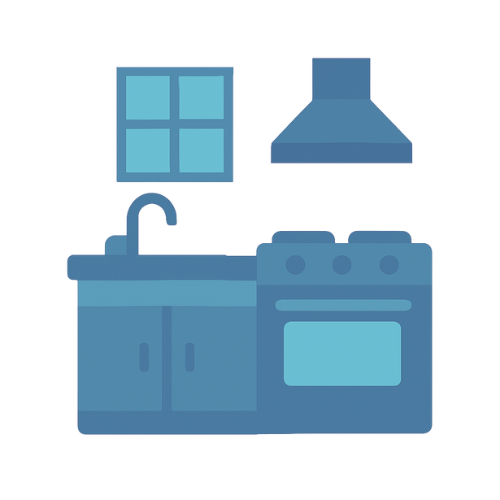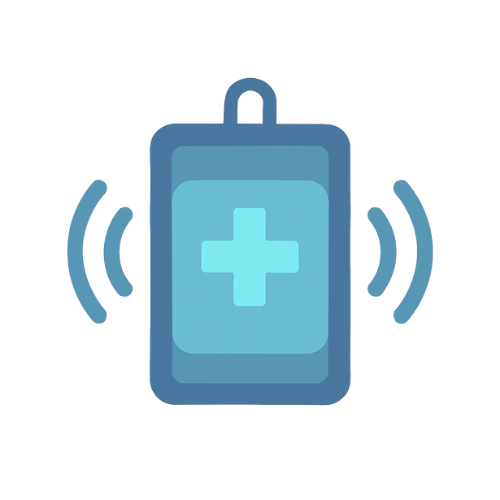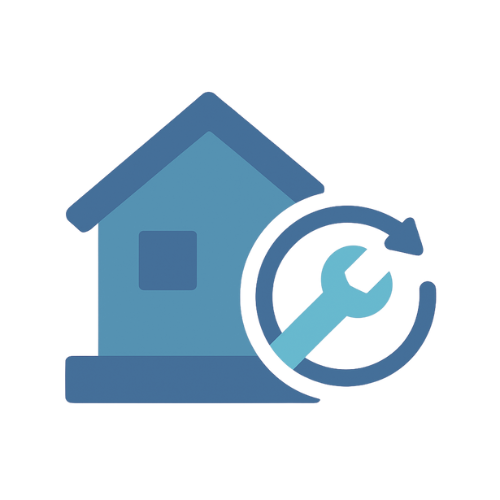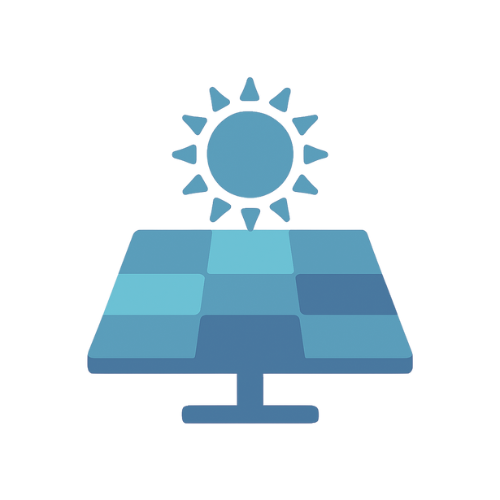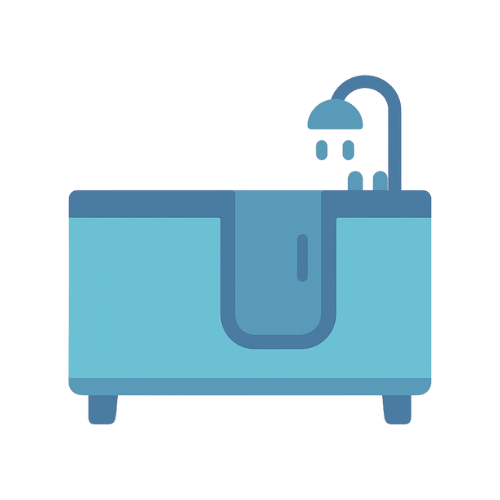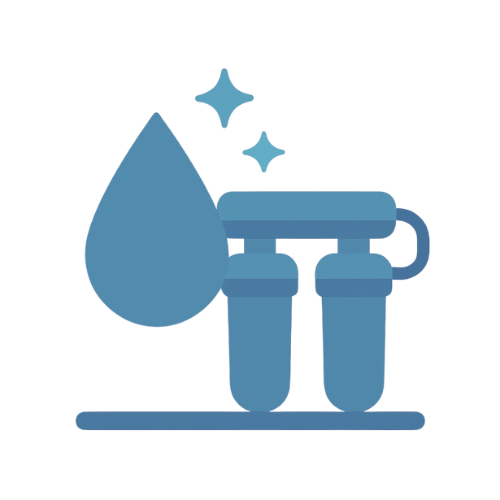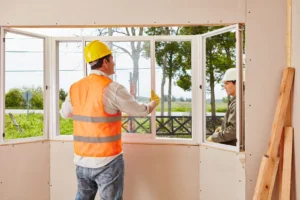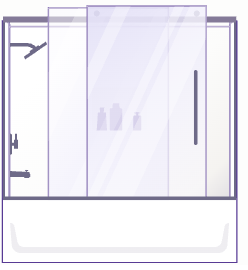Solar Energy 101: What Every Homeowner Should Know Before Going Solar
Thinking about going solar but not sure where to begin? You’re not alone. Solar energy is one of the most effective ways to reduce your carbon footprint and lower your utility bills — but the world of panels, inverters, and tax credits can feel overwhelming at first.
This guide will walk you through the essentials of solar energy, demystify how it works, and help you take your first confident step toward energy independence.
What Is Solar Energy?
Solar energy is the power we harness from sunlight and convert into electricity. It’s abundant, renewable, and available almost everywhere. With the right system, you can generate enough electricity to power your entire home — and sometimes even sell excess energy back to the grid.
How Do Solar Panels Work? A Simple Breakdown
Solar panels are made up of photovoltaic (PV) cells — usually silicon-based — that capture sunlight and convert it into direct current (DC) electricity. Since most home appliances run on alternating current (AC), this DC electricity flows through an inverter, which converts it to usable AC power for your home.
If your system includes a battery, it stores any extra energy for later use (like during the night or power outages). If you don’t have a battery, surplus energy typically gets sent back to the grid — and that’s where net metering comes in (more on that later).
What’s Included in a Home Solar System?
A typical residential solar setup includes:
- Solar Panels
The “face” of your system — usually installed on your roof or mounted in your yard. These are what capture sunlight and start the energy conversion process. - Inverter
The system's translator. It converts the electricity your panels generate (DC) into the kind your house can use (AC).
Types: String inverters (cheaper, centralized) or microinverters (individual panel-level efficiency, often more expensive but more effective in shaded areas). - Battery Storage (Optional)
If you want backup power during blackouts or live in an area without strong net metering, batteries let you store solar energy for later. Popular options include the Tesla Powerwall and Enphase IQ Battery. - Mounting/Racking System
This secures your panels to your roof or ground. It's engineered to withstand wind, rain, and time. - Monitoring System
A dashboard (often app-based) that shows your solar production in real time. Many systems alert you to issues or allow remote performance tracking.
How Solar Saves You Money
Solar helps reduce — or even eliminate — your monthly electric bill. Here's how:
- Lower Utility Bills: The electricity you generate offsets what you'd normally buy from your power company.
- Net Metering: If your utility offers this, you can earn credits for sending unused power back to the grid. These credits can offset costs on cloudy days or at night.
- Tax Credits & Incentives: The federal solar tax credit (ITC) currently covers 30% of the system cost, and many states offer additional incentives, rebates, or property tax exemptions.
Over time, the savings add up — most homeowners see a return on their solar investment in 6–10 years, with systems lasting 25+ years.
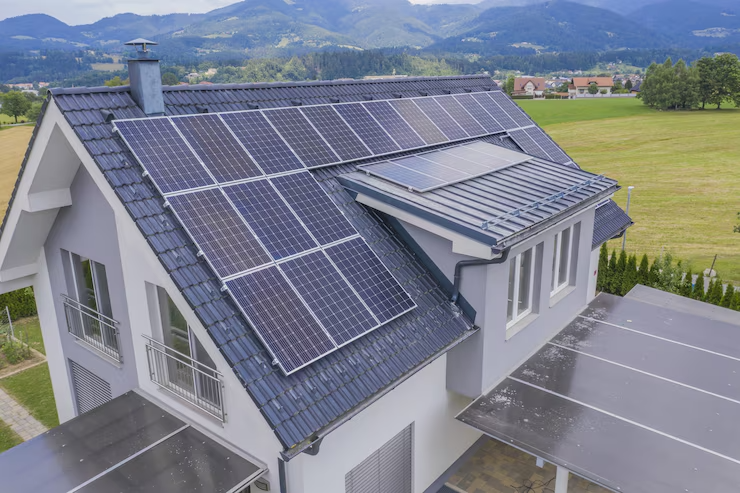
Is My Home Right for Solar?
Before jumping into solar, it's wise to ask: Is my home a good fit? While solar works for many properties, a few key factors can greatly impact performance and savings.
1. Roof Orientation and Sun Exposure
- South-facing roofs get the most sunlight in the U.S., but east and west can still work.
- Watch for shade from trees, chimneys, or nearby buildings, which can lower panel output.
2. Roof Condition and Space
- Your roof should be in good shape—replacing it after installing panels is costly.
- You’ll need unobstructed space, typically 300–500 sq. ft. for an average system.
3. Your Energy Usage
- The more electricity you use, the more you’ll save with solar.
- High monthly utility bills often make solar more financially worthwhile.
4. Local Climate
- Solar works in all climates—but sunnier regions yield faster returns.
- Even cloudy or snowy areas can benefit, thanks to improved panel efficiency.
5. Local Incentives and Net Metering
- Incentives vary by state and utility. Some offer rebates, tax credits, or net metering (credit for unused power sent to the grid).
- A strong local policy can significantly reduce your payback time.
6. HOA or Permit Restrictions
- Some HOAs or municipalities have rules around panel placement. A good installer will help navigate these.
Bottom Line
If your home gets decent sun, your roof is sound, and your electric bill is over $75/month, you’re likely a strong candidate for solar. A local installer can assess your home’s specific potential.
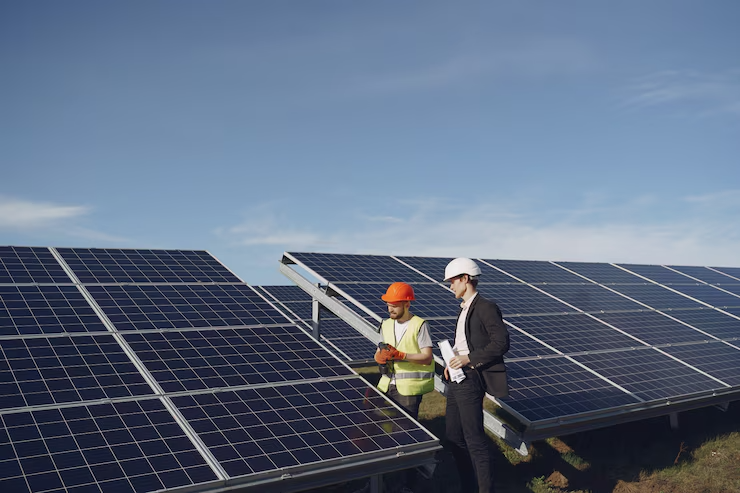
Frequently Asked Questions
Is solar worth it in 2025? +
What if my roof doesn’t face south? +
How Much Do Solar Panels Cost in 2025?
One of the biggest questions homeowners have is simple: “How much will solar actually cost me?” The good news? Prices have dropped significantly in the past decade — and solar is more affordable than ever.
Here’s what you need to know about solar panel pricing in 2025, broken down without the fluff.
Average Cost of a Solar System (Before Incentives)
- $2.50–$3.50 per watt (installed average in 2025)
- For a typical 6 kW system:
➤ $15,000–$21,000 total
Note: Costs vary by location, installer, panel brand, and roof type.
After the 30% Federal Tax Credit
-
Apply the 30% Investment Tax Credit (ITC)
➤ Brings your cost down to $10,500–$14,700
Some states and utilities offer additional rebates, which can reduce costs even further.
Factors That Affect Your Total Cost
- System Size – Larger homes need more panels, but cost per watt may drop slightly with scale.
- Roof Complexity – Steep, shaded, or multi-surface roofs can increase labor and mounting costs.
- Panel Quality – Premium panels (like SunPower or REC) are more efficient, but also more expensive.
- Battery Storage – Adding a battery (like Tesla Powerwall) can add $8,000–$12,000.
- Permits & Grid Connection – Typically $500–$2,000 depending on your city or utility.
What About Monthly Payments?
Many homeowners choose solar loans, which require $0 upfront and have monthly payments equal to or lower than their current electric bill. After the loan is paid off (usually 5–12 years), your electricity is virtually free.
Bottom Line
In 2025, a typical homeowner will pay around $11,000–$15,000 after incentives for a solar system — with payback in 6–10 years and decades of savings afterward. It’s one of the few home upgrades that pays for itself over time.
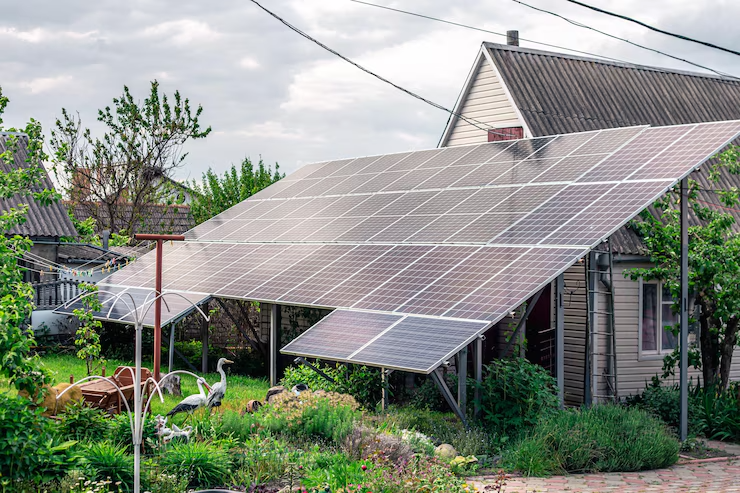
Frequently Asked Questions
Do solar panels work on cloudy or snowy days? +
How long do solar panels last? +
Buying vs. Leasing Solar Panels: Which Option Saves You More?
If you're ready to go solar, one of the first decisions you’ll face is how to pay for your system. Should you buy the panels outright, finance them with a loan, or lease them from a provider? The right choice depends on your financial goals — and how much long-term savings you’re looking for.
Buying solar panels—either with cash or a solar loan—means you own the system. This is often the most cost-effective path over time. Although the upfront cost can be significant (usually between $10,000–$20,000 after incentives), owning your system lets you claim the 30% federal tax credit, enjoy the full benefits of any state or utility rebates, and increase your home’s resale value. On top of that, once your system is paid off (typically in 6–10 years), you’ll be producing free electricity for the rest of its 25+ year lifespan.
Leasing a solar system, on the other hand, means a third-party company owns the equipment, and you pay them a fixed monthly fee to use the power it generates. This usually requires little to no money upfront, which makes it attractive for homeowners who want to avoid big initial costs. However, lease agreements often come with annual rate escalators, meaning your monthly payments increase over time. And because you don’t own the system, you won’t qualify for the tax credit or most incentives.
One key trade-off is savings. Leasing might save you 10–20% on your electricity bill each month, but buying can save you tens of thousands over the life of the system. Leasing also gives you less flexibility if you decide to sell your home; you’ll need to transfer the lease or buy out the system, which can be a hurdle during real estate transactions.
In short: if you're able to invest upfront or qualify for a solar loan, buying your panels will almost always yield more long-term value. Leasing may still make sense if you want immediate energy savings without the responsibility of ownership — but the trade-off is usually reduced financial benefit over time.
The Top 7 Myths About Solar Panels—Debunked
Solar energy has come a long way in recent years, but many homeowners still hold onto outdated or inaccurate ideas about how it works. Let’s clear the air and break down the most common myths about solar panels—and what the truth really is.
Myth 1: Solar Panels Only Work in Hot, Sunny Climates
Truth: Solar panels work in a variety of climates—even cloudy or cold ones. In fact, cooler temperatures can actually help panels operate more efficiently. Countries like Germany (not known for abundant sunshine) are global solar leaders. If your home gets decent sunlight overall, solar can still make sense.
Myth 2: Solar Is Too Expensive
Truth: The cost of solar has dropped over 70% in the last decade, and with the 30% federal tax credit plus many state incentives, it’s more affordable than ever. Many homeowners also use $0-down solar loans, making it possible to start saving on energy from day one.
Myth 3: Solar Panels Damage Your Roof
Truth: When installed properly by a professional, solar panels can actually help protect your roof from weather damage. Installers use mounting systems designed not to harm your roofing materials—and they’ll inspect your roof before installation to make sure it’s solar-ready.
Myth 4: You Won’t Have Power at Night
Truth: It’s true that solar panels don’t produce electricity in the dark—but your home still gets power from the grid, or from a battery if you have one. Net metering also helps you bank excess energy during the day and use it at night, often without even noticing the difference.
Myth 5: Solar Panels Require Constant Maintenance
Truth: Solar panels are incredibly low-maintenance. Aside from an occasional cleaning or inspection, most systems require little to no attention. They’re built to withstand rain, snow, wind, and decades of use.
Myth 6: Going Solar Means Going Off-Grid
Truth: Most residential solar systems are grid-tied, meaning your home stays connected to your utility. You can draw power when needed and often get credit for sending extra electricity back. Going off-grid is possible, but not required—and typically involves additional costs and battery storage.
Myth 7: Solar Will Hurt My Home’s Resale Value
Truth: Studies show that solar panels can increase home value, especially when the system is owned (not leased). Buyers increasingly see solar as a bonus—lower utility bills, energy independence, and eco-consciousness all add appeal.
Final Thought
Solar isn’t a futuristic gamble—it’s a proven, practical technology that’s already powering millions of homes. Don’t let myths hold you back from a smarter, cleaner energy choice.
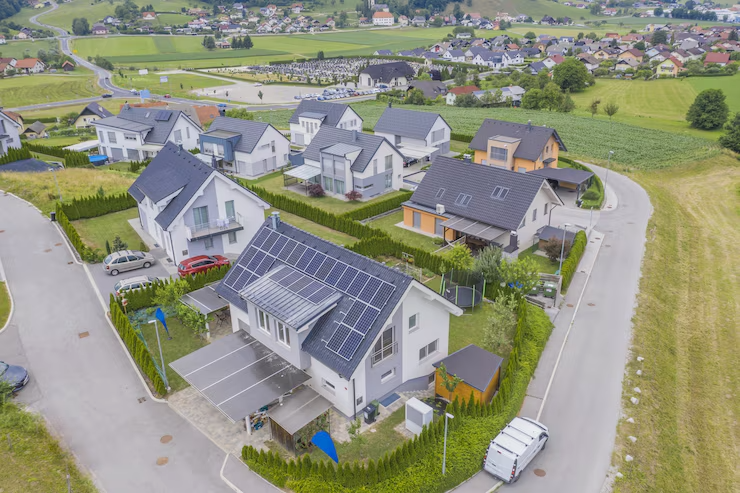
Frequently Asked Questions
Can solar really eliminate my electric bill? +
What are my payment options for going solar? +
Grid-Tied vs. Off-Grid vs. Hybrid Systems: What’s the Best Fit for You?
When it comes to solar energy, choosing the right type of system is just as important as choosing the right panels. Should you stay connected to the utility grid? Go fully independent? Or strike a balance between the two?
Let’s break down the three main types of solar setups—grid-tied, off-grid, and hybrid—so you can decide what best fits your energy goals, lifestyle, and location.
Grid-Tied Solar Systems
Definition:
A grid-tied system connects your solar panels to your local utility grid. During the day, your panels power your home; any extra energy is sent back to the grid (often earning you credits through net metering). At night or during cloudy days, you draw power from the grid as needed.
Pros:
- Lower upfront cost (no battery needed)
- Eligible for net metering programs
- Reliable access to power—day or night
- Simpler maintenance and permits
Cons:
- No power during grid outages (unless paired with a battery)
- Subject to utility rate changes and policy shifts
Best For:
Homeowners in urban or suburban areas with stable grid access and favorable net metering policies.
Off-Grid Solar Systems
Definition:
An off-grid system is completely disconnected from the utility grid. You rely 100% on your solar panels and battery storage to power your home. This setup is common in remote areas where grid access is unavailable or unreliable.
Pros:
- Full energy independence
- No electric bills or grid connection fees
- Great for remote or rural locations
Cons:
- Higher upfront cost due to batteries and backup equipment
- Requires careful energy management, especially in bad weather
- Risk of running out of power if storage is depleted
Best For:
Cabins, rural properties, or those seeking complete independence from utility companies.
Hybrid Solar Systems (Grid-Tied with Battery Backup)
Definition:
A hybrid system combines the benefits of grid-tied solar with the added security of battery storage. You can use your solar power during the day, store extra energy for use at night or during outages, and still draw from or send power to the grid when needed.
Pros:
- Backup power during blackouts
- Reduces dependence on the grid
- Can maximize savings by using stored power during peak rates
- Greater control over energy usage
Cons:
- Higher upfront cost than grid-tied systems
- Batteries require replacement every 10–15 years
- Some utility programs may limit full value of stored energy
Best For:
Homeowners who want energy security, backup power, and long-term savings, especially in areas with frequent outages or time-of-use rates.
So, Which Is Right for You?
- Want the most affordable setup with reliable access to power? → Grid-Tied
- Need total independence in a remote location? → Off-Grid
- Looking for resilience and savings with blackout protection? → Hybrid
Final Word
Choosing the right solar system isn’t one-size-fits-all. It depends on your location, energy needs, budget, and whether you want to rely on the grid or take control of your own power supply. A qualified solar installer can help you evaluate your options and design a system that meets your needs—today and into the future.
